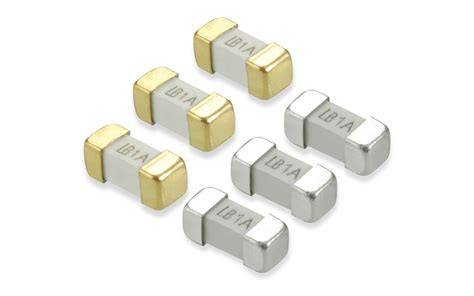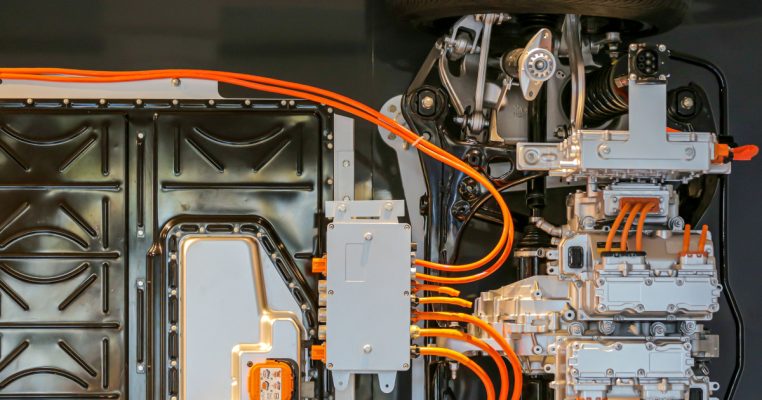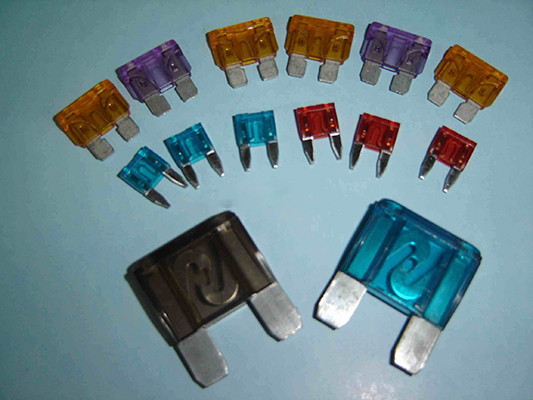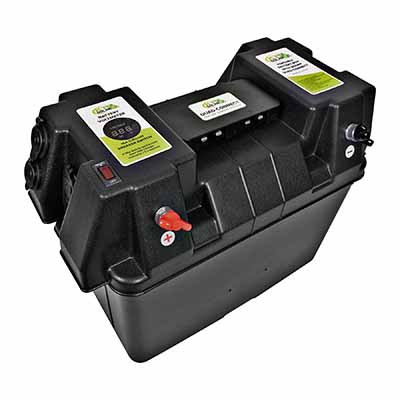Techniques for Automotive Glass Fuse Replacement in Car Charging Systems
News 2025-10-27
In automotive electrical systems, glass fuses serve as vital safeguards against overcurrent, particularly in car charging systems that handle battery recharging and power management. These fuses protect sensitive components from damage caused by short circuits or surges, ensuring the vehicle’s electrical integrity. When a fuse blows, it signals an underlying issue that requires prompt attention. Replacement involves careful handling to maintain safety and performance, making it a key maintenance task for both professionals and DIY enthusiasts.

Application Scenarios
Glass fuses are integral to various parts of car charging systems. They are commonly found protecting the alternator circuit, preventing overloads that could affect battery health. In electric and hybrid vehicles, these fuses shield high-voltage components during charging, such as those connected to external chargers or regenerative braking systems. Additionally, they secure auxiliary circuits like those for infotainment or lighting powered by the charging system, highlighting their role in diverse automotive applications where reliable current protection is essential.
Performance Advantages
Automotive glass fuses offer several key benefits that enhance system efficiency. Their fast-acting design interrupts current flow quickly, reducing the risk of heat damage or fires in charging circuits. The transparent glass allows for immediate visual inspection, facilitating easier troubleshooting compared to opaque fuse types. Furthermore, they are compact and cost-efficient, providing effective protection without adding significant weight or complexity to the vehicle. Using the correct replacements ensures optimal performance, extending the lifespan of charging system components and maintaining high safety standards.
Frequently Asked Questions
1. What causes a glass fuse to blow in a car charging system?
Answer: A glass fuse typically blows due to excessive current from short circuits, faulty wiring, or component failures in the charging circuit.
2. How do I safely remove a blown glass fuse?
Answer: Use insulated tools to gently pull the fuse straight out, ensuring the vehicle is off and disconnected to avoid electrical hazards.
3. What should I consider when selecting a replacement fuse?
Answer: Choose a fuse with the same ampere rating and type as the original to ensure compatibility and prevent system malfunctions.


